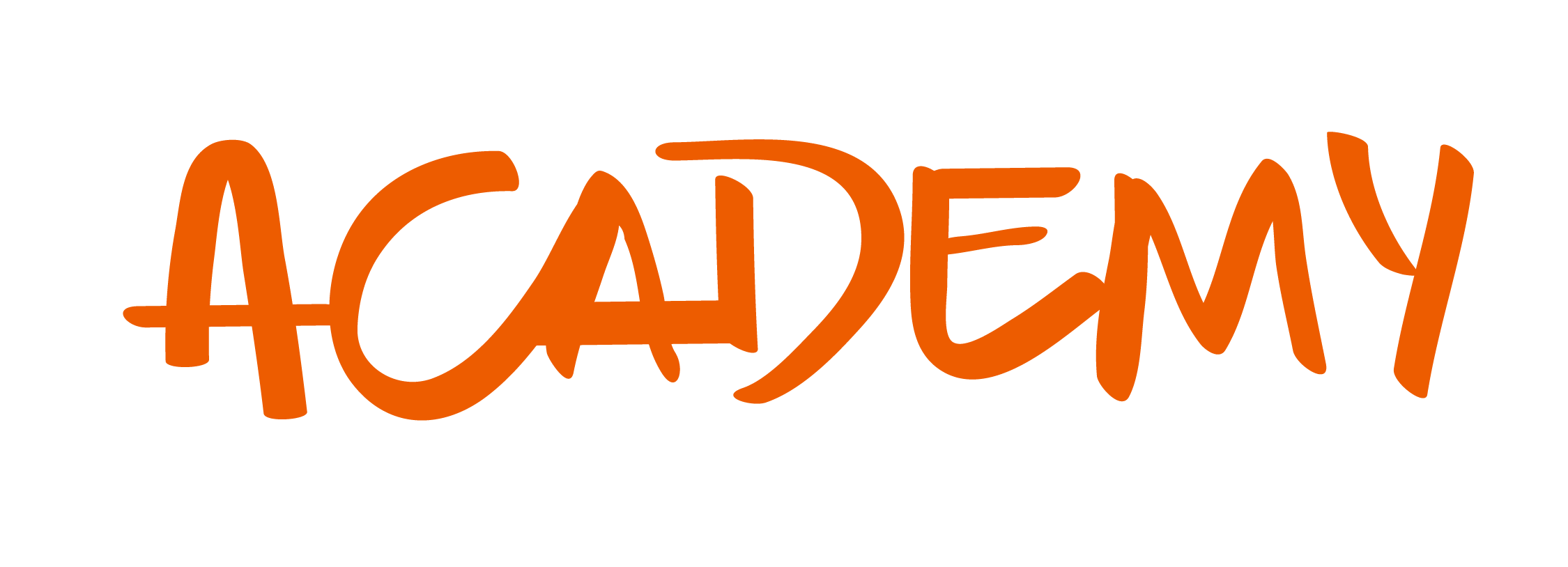Managing projects in a consulting firm is no easy task. Clients expect fast, tailored solutions adapted to their specific needs, all delivered in record time and with impeccable quality. However, the journey to get there can be full of surprises. Priorities can shift at a moment’s notice, deadlines are often tighter than ideal, and resources—both human and financial—always seem insufficient to meet growing demands.
Consulting firms face unique challenges that require them to be methodical, organized, and simultaneously highly flexible. It’s not just about completing a project but doing so while managing expectations, controlling unforeseen variables, and maintaining effective communication with the client. How can you navigate this challenging landscape without losing control and, at the same time, stand out from the competition?
The key lies in balancing two essential skills: constant and detailed monitoring of every stage of the project, combined with strategic flexibility to adapt to changes without compromising the final goal. This balance not only helps manage chaos but also turns challenges into opportunities for success. Without these pillars, even the most promising project can easily veer off course or, worse, end in failure.
In this article, we’ll explore how these two practices can make all the difference in project management within the consulting world, where every decision and adjustment can shape the final outcome.
Why does constant monitoring make the difference?
Every project in a consulting firm involves multiple elements that must be efficiently coordinated to achieve success. These elements include interdisciplinary teams bringing diverse perspectives and skills, often limited resources, and clients whose expectations can shift at any moment. The constant interplay between these factors means that any misalignment or lack of coordination can significantly impact the project’s progress.
This is why constant monitoring becomes essential to keeping everything under control. Without a proper tracking system, projects risk delays, mistakes, and ultimately, client dissatisfaction. However, monitoring isn’t just an act of supervision—it’s a strategic practice that allows you to anticipate problems, maintain control, and make informed decisions that positively influence the final outcome. This active vigilance ensures that projects stay on track, even in the face of unexpected challenges.
Benefits of constant monitoring
Avoiding unpleasant surprises
Who hasn’t received that last-minute call with bad news about a project? These situations can cause unnecessary stress and erode trust both within the team and with the client. However, a robust monitoring system allows you to identify issues before they escalate into crises. For example, if a critical resource is delayed or a team member struggles to complete their tasks, an effective tracking system can alert you in time, enabling you to step in and course-correct. This ability to anticipate can mean the difference between a smooth solution and widespread chaos.
Meeting deadlines without burning out
Deadlines are often one of the biggest stress points in any project. In consulting, where timelines are critical to satisfying demanding clients, keeping the schedule on track is essential. Constant monitoring helps you visualize real progress versus the plan, allowing you to identify potential delays before they become critical. This enables you to adjust tasks, reallocate resources, or, if necessary, proactively renegotiate deadlines. Not only does this keep the project moving forward smoothly, but it also reduces pressure on the team.
Measuring team performance
Effective monitoring goes beyond timelines and budgets—it also allows you to evaluate how your team is performing. Are certain members overwhelmed with work? Are there areas where additional training or support is needed? These are critical questions to ensure an efficient and motivated team. Identifying performance issues or workload imbalances early can prevent burnout, enhance work quality, and foster a healthier, more collaborative environment.
Keeping the client in the loop
Regular updates are essential for maintaining client trust. When clients are left in the dark about their project’s progress, they may begin to worry, question decisions, or even doubt your capabilities. Providing clear and frequent reports gives them visibility into the current status, accomplishments, and any emerging challenges. This not only reassures them but also helps align their expectations with yours if changes or adjustments become necessary. In the end, the client not only feels heard but also perceives themselves as a true partner in the process.
Flexibility: Your best ally in a changing environment
If there’s one certainty in the consulting industry, it’s that projects rarely unfold exactly as planned. Unexpected changes in client priorities, unforeseen budget adjustments, or even the emergence of new ideas can alter the course of a project at any moment. Far from being exceptions, these scenarios are part of everyday life in this field. That’s why flexibility is not just a desirable skill—it’s a necessity for any consulting firm looking to adapt and thrive in such a dynamic environment.
However, being flexible doesn’t mean improvising or giving in to every circumstance. It’s a strategic approach that enables you to adapt to changes without losing sight of the ultimate goal. Instead of fearing the unexpected, well-applied flexibility allows you to turn these situations into opportunities to enhance the project, optimize resources, or even exceed client expectations.
How to apply flexibility without losing focus
Set clear boundaries
Flexibility doesn’t mean accepting every change without evaluation. Each modification should be analyzed for its feasibility and its impact on the project. Can this change be accommodated without compromising the timeline, budget, or final quality? Setting clear boundaries allows you to say “no” when necessary, protecting the project’s integrity and maintaining realistic expectations for the client.
For example, if a client requests a change that involves more work than anticipated, it’s crucial to explain the implications of that decision. Will it require more time or resources? By communicating these constraints clearly, you can reach an agreement that benefits both parties without compromising the results.
Review and adjust your plan regularly
Flexibility should not be mistaken for chaos. To adapt effectively to changes, it’s essential to maintain a dynamic plan that can be updated as needed. This includes reviewing the schedule, redefining priorities, and redistributing tasks based on new circumstances. For example, if you discover during a project that a task isn’t delivering the expected value, don’t hesitate to reorganize the plan to focus on activities that will have a greater impact. This approach not only enhances efficiency but also shows the client that you are committed to achieving the best possible outcomes.
Flexibility as a competitive advantage
The ability to adapt to changes is not only useful for overcoming obstacles but can also become a competitive advantage. A flexible team demonstrates professionalism, responsiveness, and a commitment to the client’s needs, fostering trust and strengthening business relationships. Flexibility doesn’t mean giving in to every demand or working without a clear direction. It’s about striking a balance between strategically adapting to changes and maintaining control over the project. Applying this skill with discernment can make the difference between a project that falters and one that exceeds expectations.
How technology can transform project management
Having the right technological tools to support project management is essential for ensuring efficiency and adapting to constant changes. These solutions not only optimize work organization but also enable comprehensive control over every aspect of a project. Here’s how they can help:
- Real-Time dashboards
Accessing an overview of the project in one place can make all the difference. Dashboards provide up-to-date information on task progress, resource allocation, and potential roadblocks, enabling quick and informed decision-making. For example, if you spot a delay in a critical task, you can reorganize priorities or allocate additional resources to prevent the issue from impacting other areas of the project. - Automated alerts
Manual monitoring can be slow and inefficient, especially for complex projects. Automated alerts notify you instantly of any deviations in deadlines, budgets, or key tasks. This allows you to address problems before they escalate into crises. For instance, if expenses exceed the allocated budget or a task runs past its planned timeline, you’ll receive a notification to make immediate adjustments to the plan. - Dynamic workflows
Flexibility is vital for consulting firms, and management technologies allow for seamless modifications to workflows without losing sight of the overall project. This includes reassigning tasks, changing priorities, and adjusting schedules based on client needs or unforeseen developments. For example, if the project scope changes, you can efficiently realign tasks with the new objectives, ensuring the team remains focused and delivers on expectations. - Centralized communication
Coordination between teams and with the client is critical for project success. Technological tools offer centralized communication systems where all messages, updates, and relevant documents are accessible in one place. This minimizes misunderstandings and ensures everyone involved has real-time access to the information they need. As a result, workflows are more efficient, and response times to changes are faster.
Conclusion: The balance that defines success
In a consulting firm, success isn’t solely about meticulous planning. While important, planning alone doesn’t guarantee a project’s success. What truly makes the difference is the ability to monitor progress and adapt to changes along the way. These two skills, when applied together, enable not only the achievement of objectives but also the ability to exceed both client and team expectations.
Constant monitoring ensures you have a clear view of how tasks are progressing, allowing you to identify potential issues before they escalate. This enables timely action, resource adjustments, and the avoidance of setbacks that could jeopardize deadlines or work quality. More than a supervisory tool, it’s a mechanism to maintain control and make informed decisions.
On the other hand, strategic flexibility is essential in a dynamic environment like consulting. It’s not about improvisation but about adapting thoughtfully to unexpected changes in goals, budgets, or resources. This ability to adjust transforms challenges into opportunities, leveraging unforeseen events to enhance the final outcome.
Are you ready to take your consulting firm’s project management to the next level? With constant monitoring and strategic flexibility, there’s no obstacle you can’t overcome.














